This beautifully balanced oak tree, poised like a signpost to everywhere, stands beside the D15 road from Gordes just before the village of Murs in the Vaucluse region of Provence. We discovered it last summer as a result of an earlier trip to Saint-Rémy-de-Provence.
We’d been to St Rémy a couple of days before. As we approached the town we were stopped in our tracks by the sudden sight of an enormous cascade of water pouring down beside us.
I later learned that this is the Canal des Alpines, an aqueduct channelling water from the Durance river and through a network of canals to irrigate the region’s fields and vineyards.
There were more water channels in Place Favier in the centre of St Rémy. There was also the Musée des Alpilles though at first sight we overlooked it; we were more intent on following the waterways.
They led us to the Maison de l’Amandier, an eccentric private museum inspired by almond trees and home to all manner of natural wooden sculptures or sylvistructures.
The house is a cabinet of curiosities stuffed with treasures, many of them varnished, seemingly to denote they’re finished; inside and outside in the courtyard pieces are transformed by vernissage.
My favourite exhibit was the light filtering through the leaves of these almond and mimosa trees.
St Rémy is famous as the location for many of Vincent van Gogh’s best paintings, made during his stay at the asylum of St-Paul-de-Mausole. These Olive Trees in a Mountainous Landscape, painted in 1889 were later excavated in 1921 to reveal the ancient Roman site of Glanum directly beneath them.
The entrance to Glanum is marked by les Antiques, a mausoleum and a triumphal arch standing alongside the road from St Rémy to Les Baux. These would have been familiar sights to passers-by long before the buried remains of Glanum were unearthed and rediscovered.
We returned to the Musée des Alpilles and this time ventured inside, mostly for a cool, air-conditioned escape from the heat. We had no idea of the exhibition. It was a nice surprise to walk in to find Arbres: Aux Racines De La Provence, a show devoted to the cultural significance of trees.
Paysages de Provence, oil on canvas by André Derain, 1921-24.
Figures carved in wood to form an Arbre de Jessé, the family tree of Jesus Christ, by Caradec, 1741.
Olivier à Majorque, a watercolour by Gustave Fayet, 1924.
Figuier Silhouette, print on paper from an original drawing by David Dellas.
An olive tree with extra sound.
An athenaeum in the round.
Sphere, carved acacia wood by Marc Nucéra, 2012.
A collection of handmade bentwood hayforks from the Conservatoire de la Fourche.
Arbre de Mariage.
Olivier Millénaire de La Farlède, Noël 2012, ink on paper by Bessompierre.
Framed horse chestnuts in Place Favier.
La Forêt, wood, resin and Murano glass by Vincent Lajarige, 2005-13.
Le Gros Ormeau de Saint-Rémy-de-Provence, sepia on paper by Jean Baltus, 1928.
Afterwards, in the gallery shop, I found a guide book of remarkable French trees. It seemed like a good idea to visit a few. Of the 478 listed there were three within easy reach. A sound investment!
The first was the tree that began this post, Le Chêne de Murs, a huge, spreading 400 year old oak.
The second was a little more difficult to find. It was listed as Le Platane de Cucuron, 7 metres in circumference, 40 metres high and situated in the market place. But in the centre of Cucuron we found Place de l’Étang, a large basin surrounded by many plane trees, all of which seemed remarkable.
We walked all around the town, exploring the streets for a market place and examining every tree for remarkability. We eventually reached the highest point and a panoramic view over the rooftops. Look closely at the middle tower with twin bells and you might just make out the top of a remarkable tree.
This is the church of Notre-Dame-de-Beaulieu with a tall decorated tree trunk leaning up against it.
A notice pinned to the tree explains that every year on St Tulle’s Day (the first Saturday after May 21st), a giant poplar tree is carried through the streets and erected on the church square as a ritual offering to guard against the plague. You can watch a Cucuron May Tree video here, but it’s in Dutch!
Back at Place de l’Étang we found one enormous plane tree that stood alone and guessed this must be the remarkable tree we’d come looking for, but the St Tulle poplar put this plane tree in the shade.
The third arbre remarquable (listed as one item but actually four trees) was already familiar from five years earlier when we’d visited Séguret, near Mont Ventoux, in search of the remarkable local wine.
Les Platanes de Séguret are just below the village, outside the ancient gateway at Place des Arceaux. The trees stand at the four corners, supporting a net of branches woven together to create a huge natural pergola. They were planted in 1860 and over time, through careful pruning their branches have fused to form a remarkable 22 metre diagonal span across the square.
This is a place to linger in the shade, gaze in wonder and consider the interconnectedness of all things!
Later, leafing through the book of trees, I found another we’d already met and even had the postcard.
It is said to be the greatest plane tree in all of France, Le Roi Platane, it’s the plane on the square…
and this is the square on the plane…
so this must be the plane on the hypotenuse. Hic! erat demonstrandum.


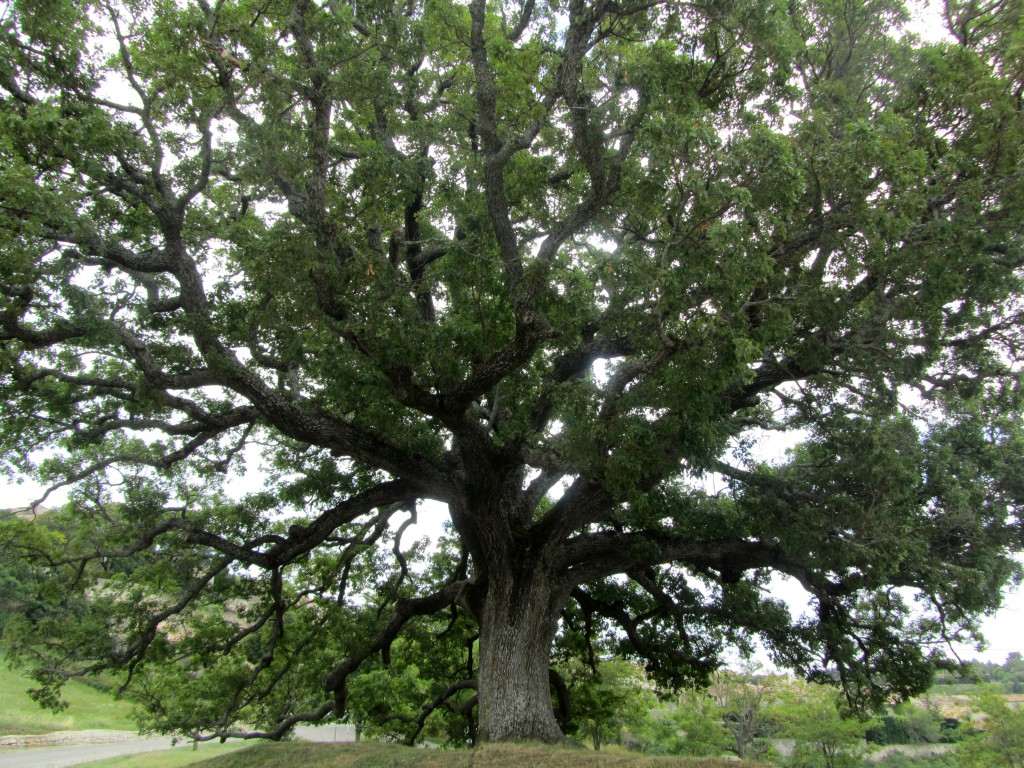

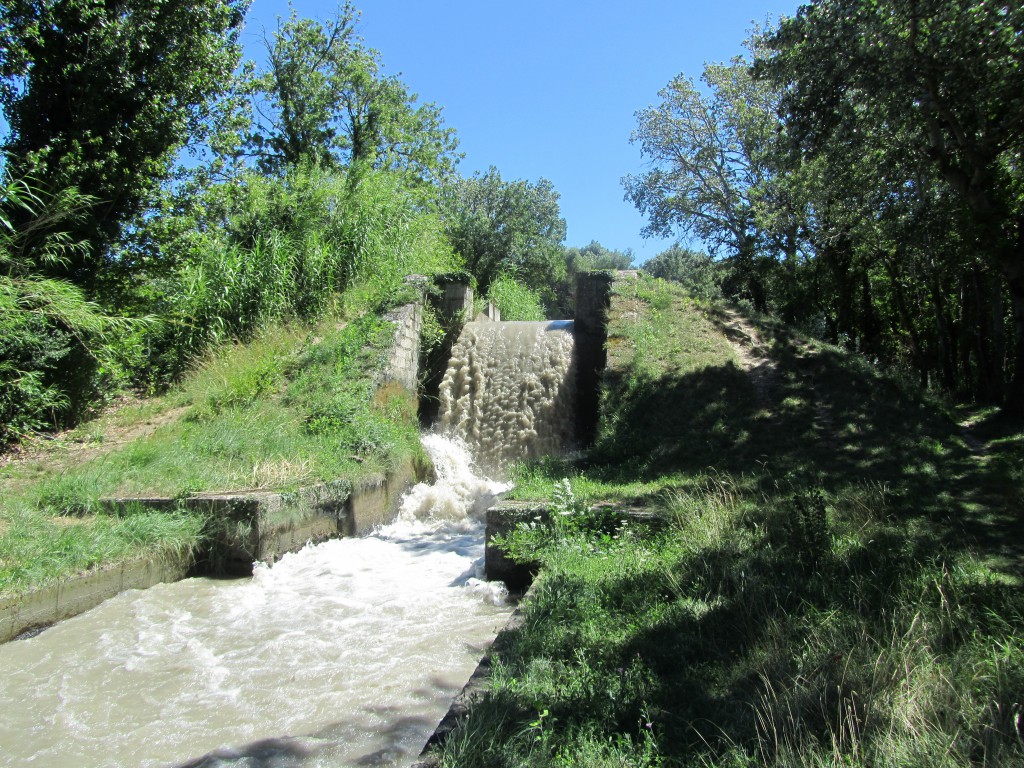
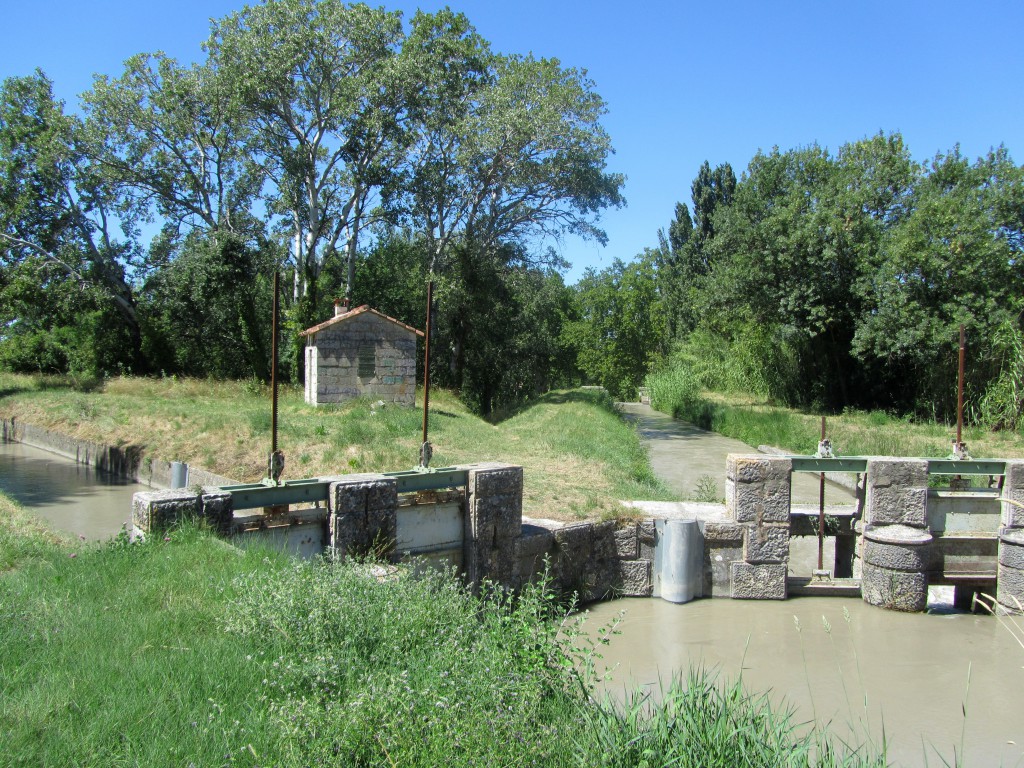





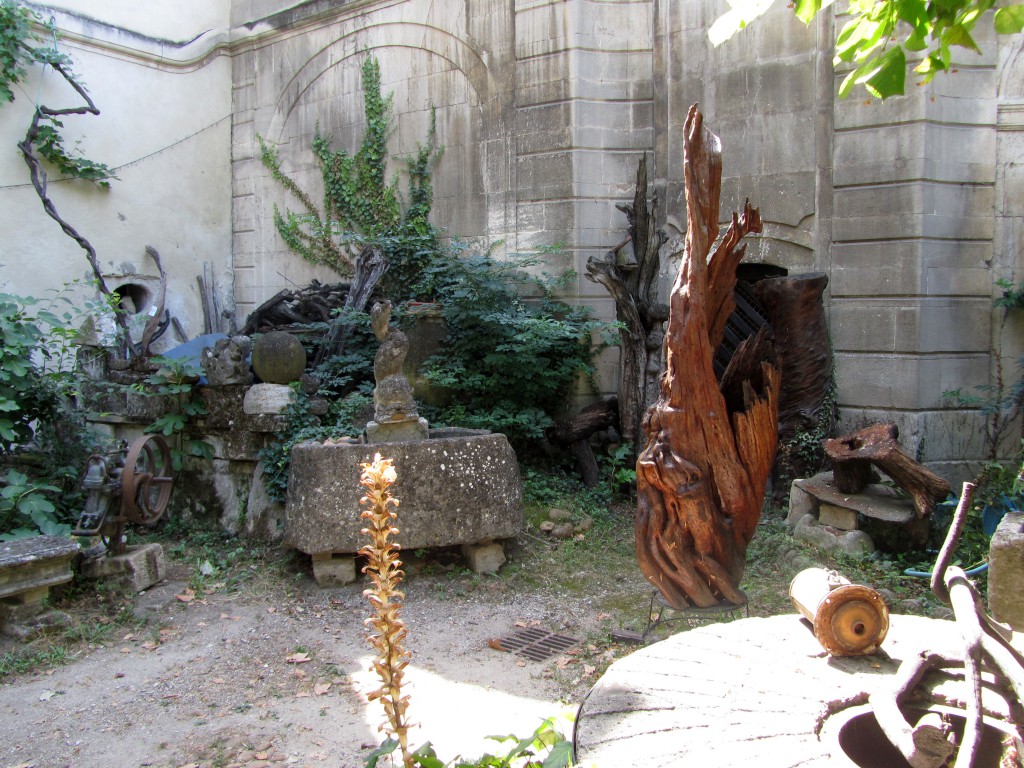
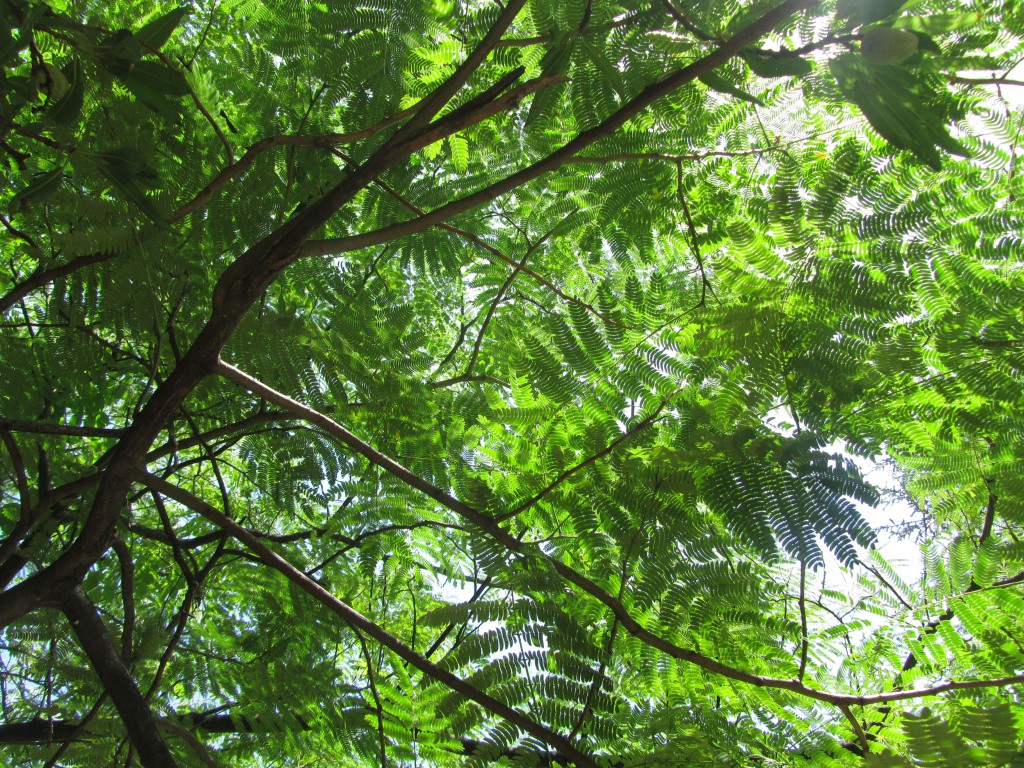
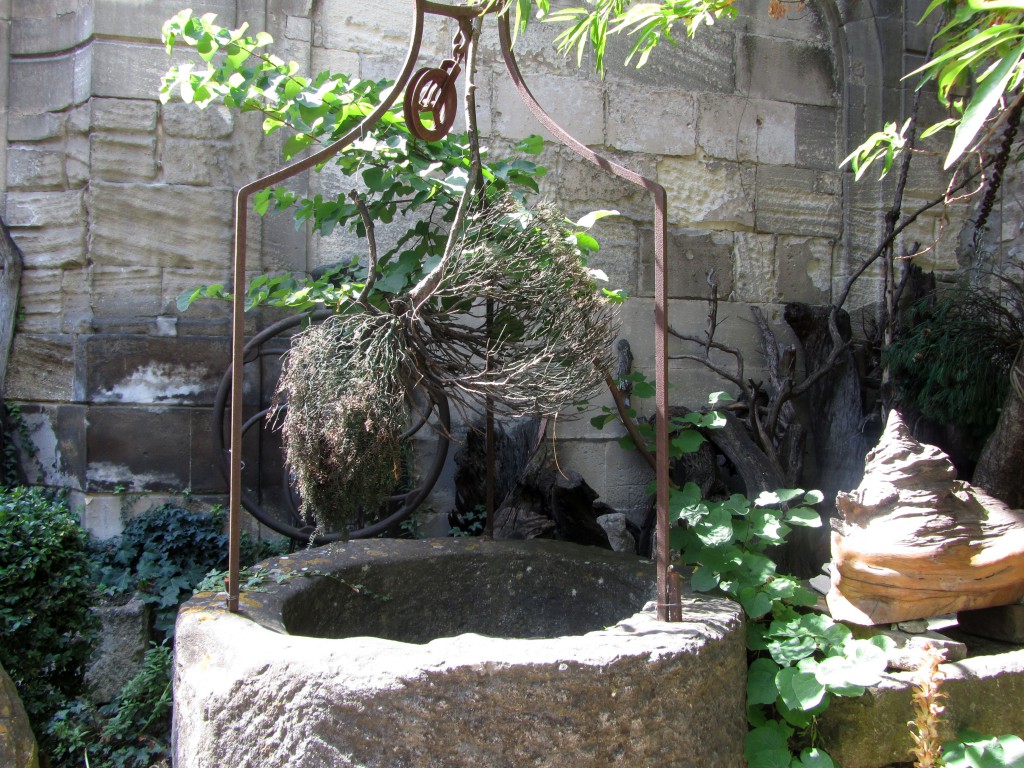



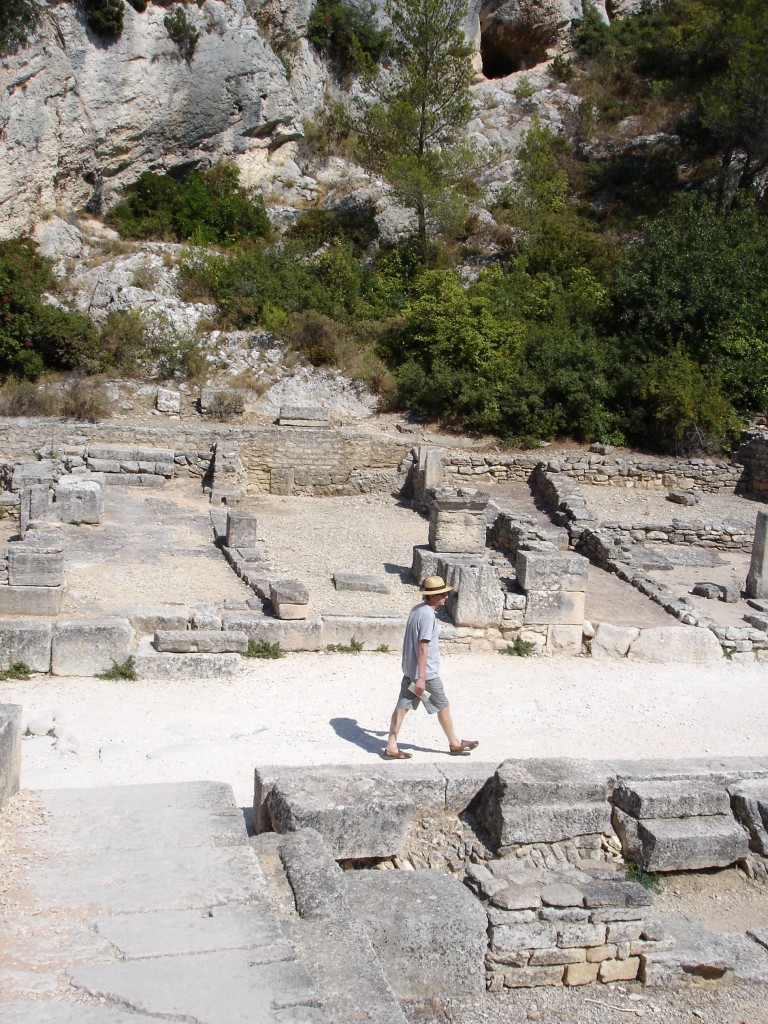
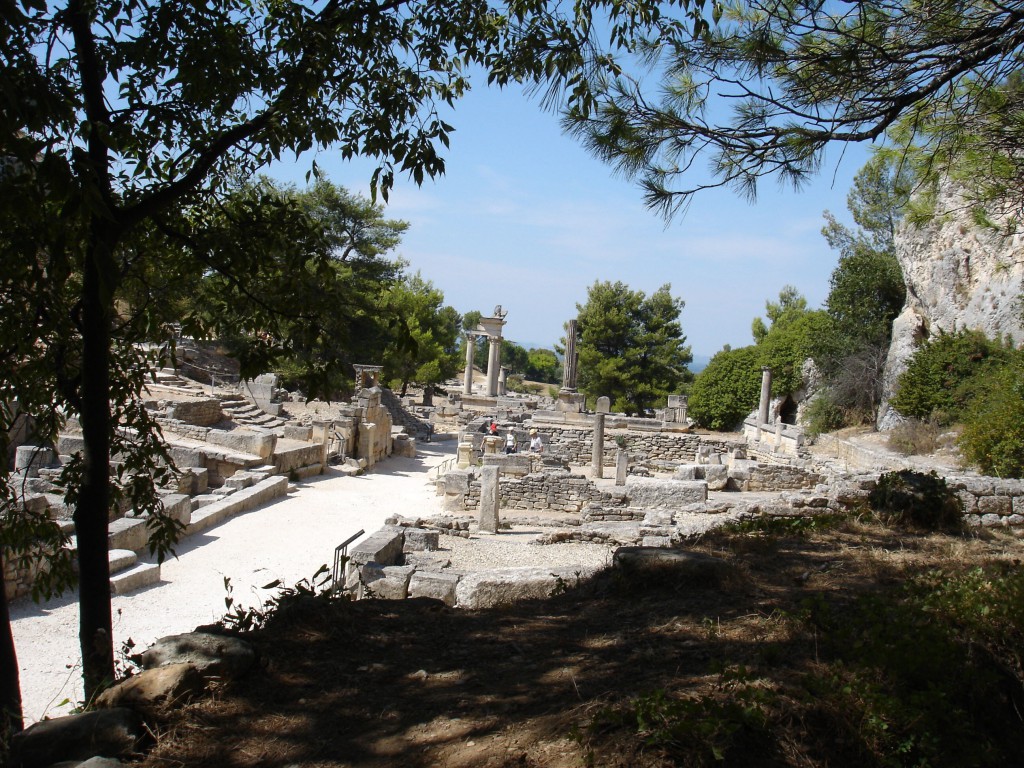
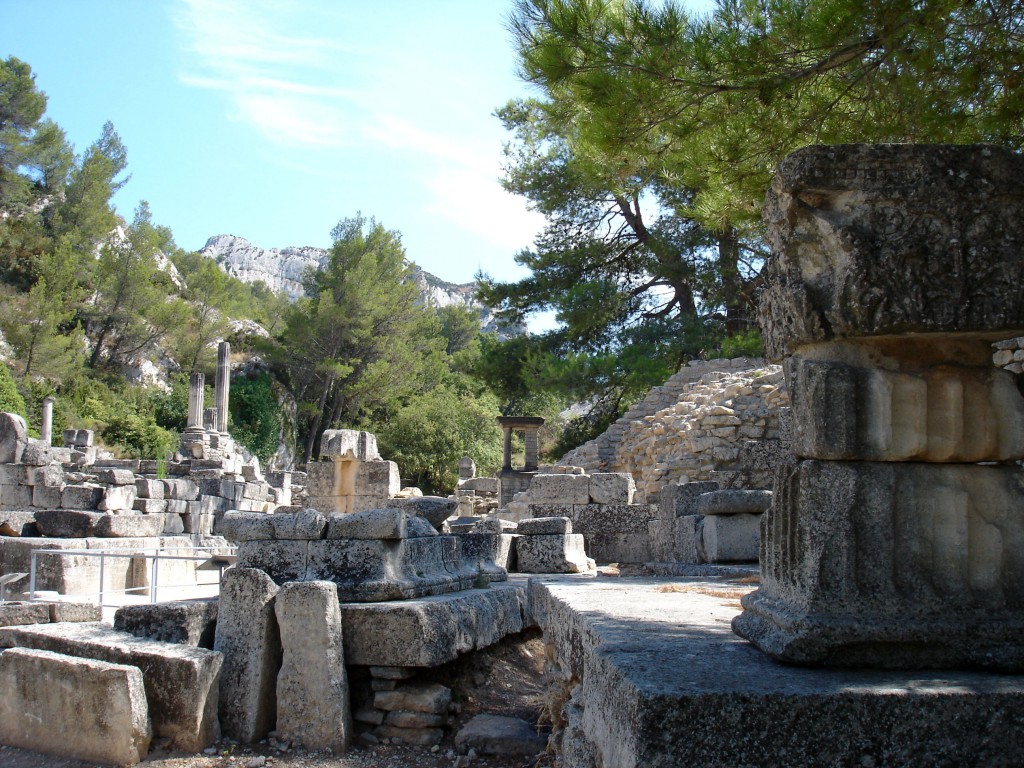
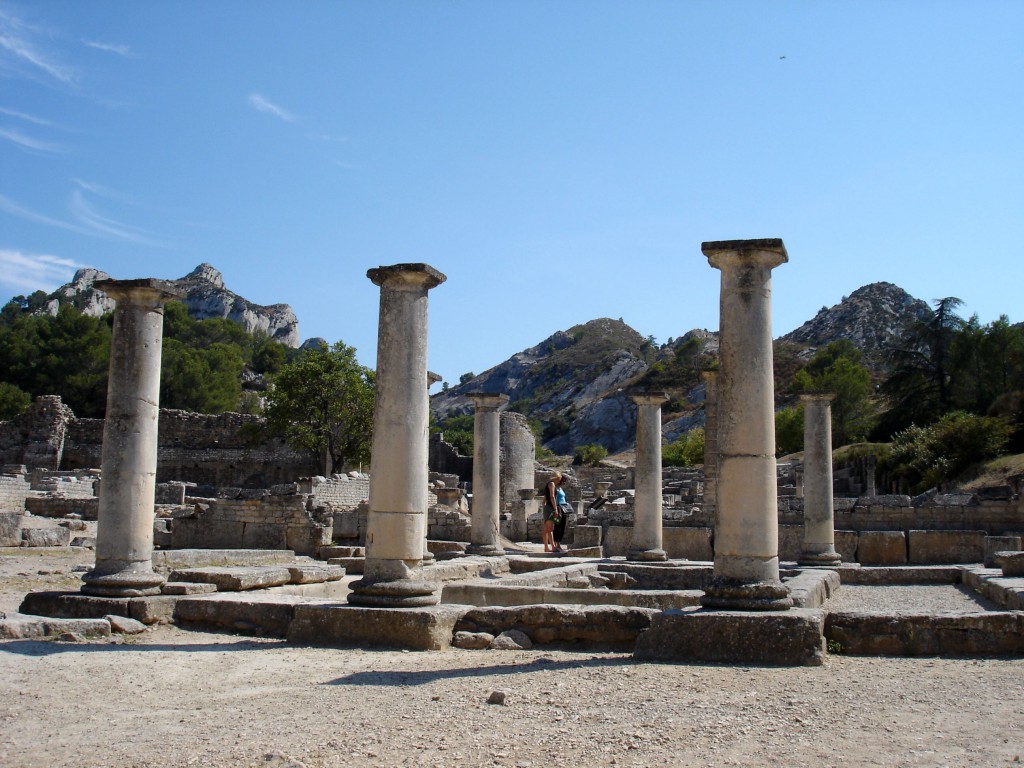
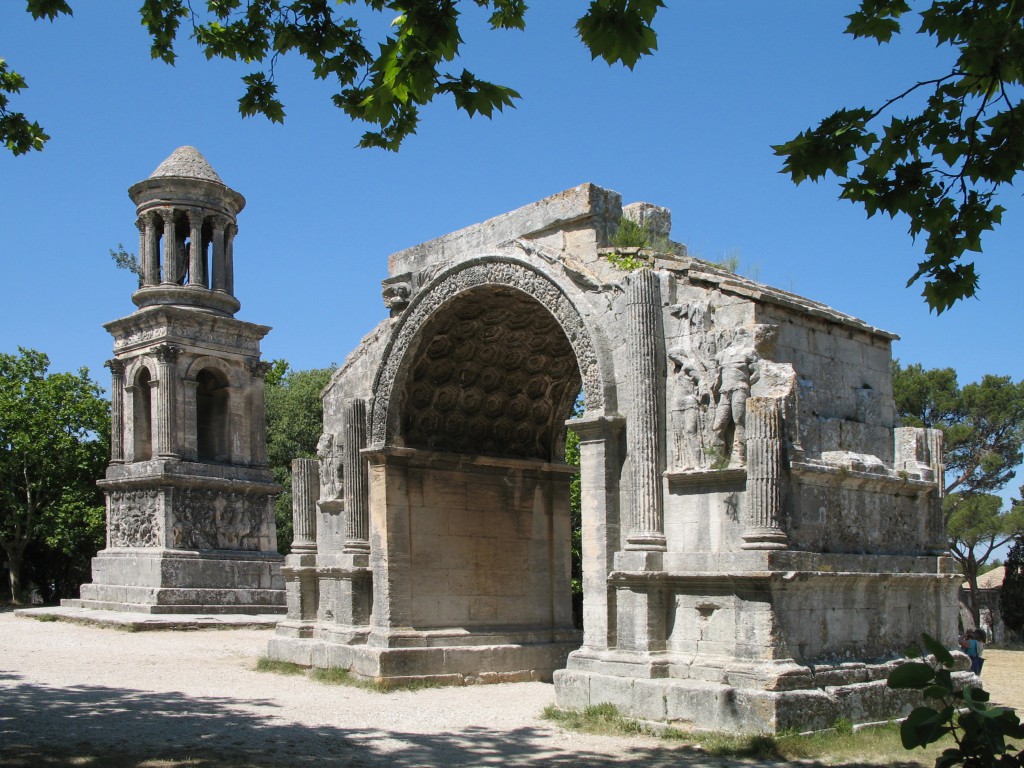
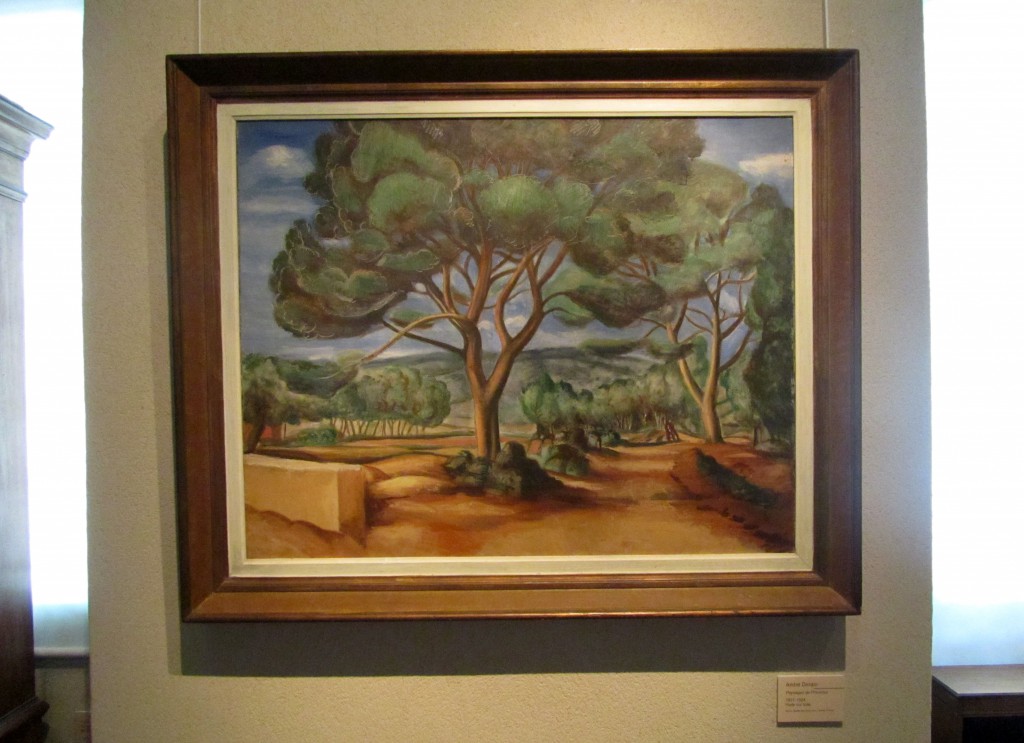
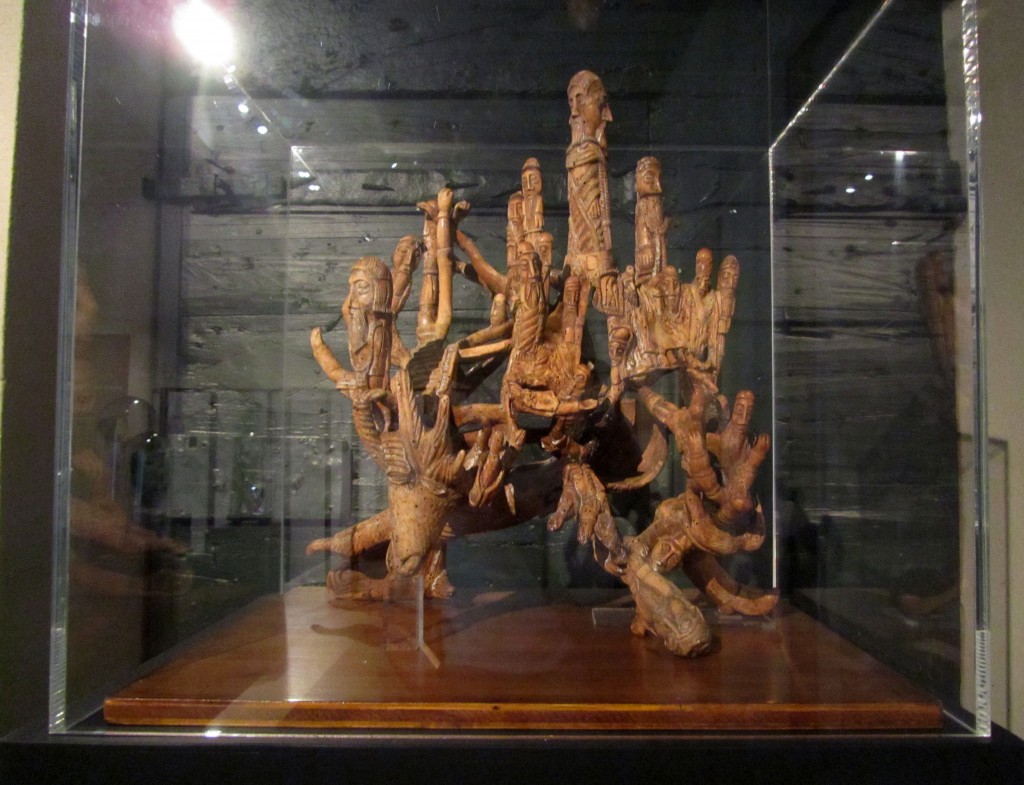
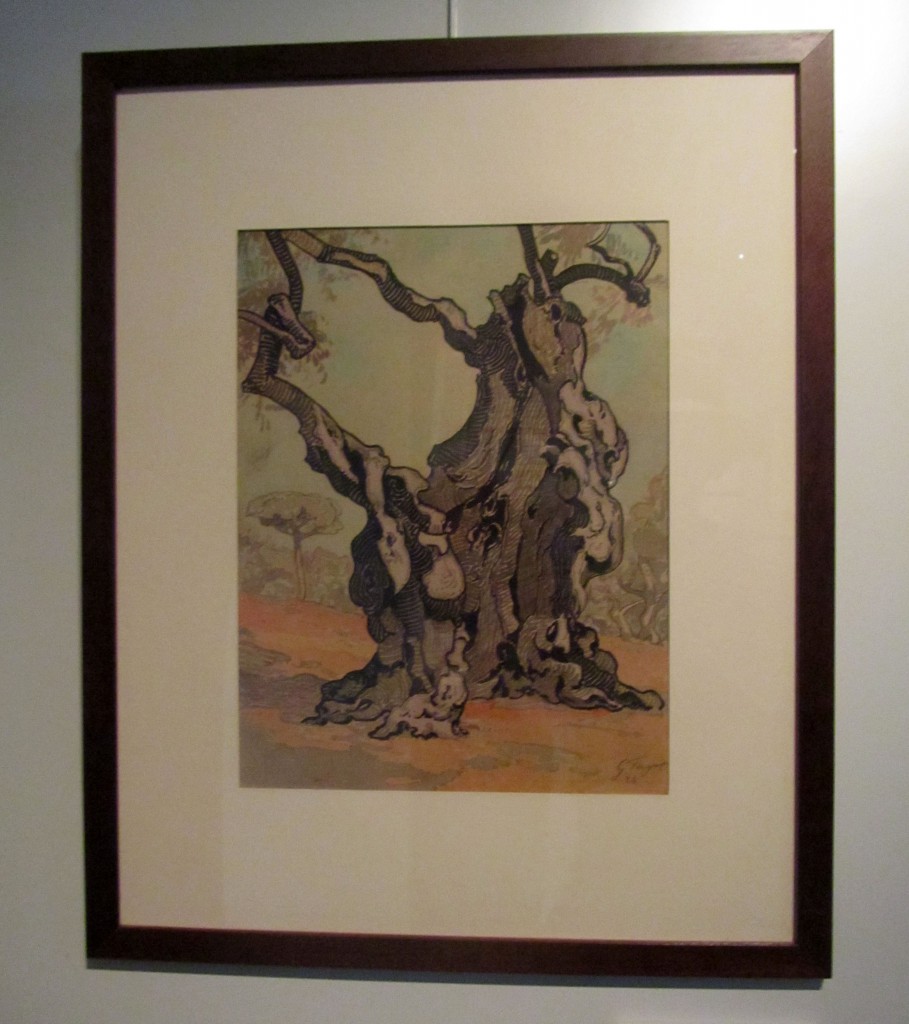
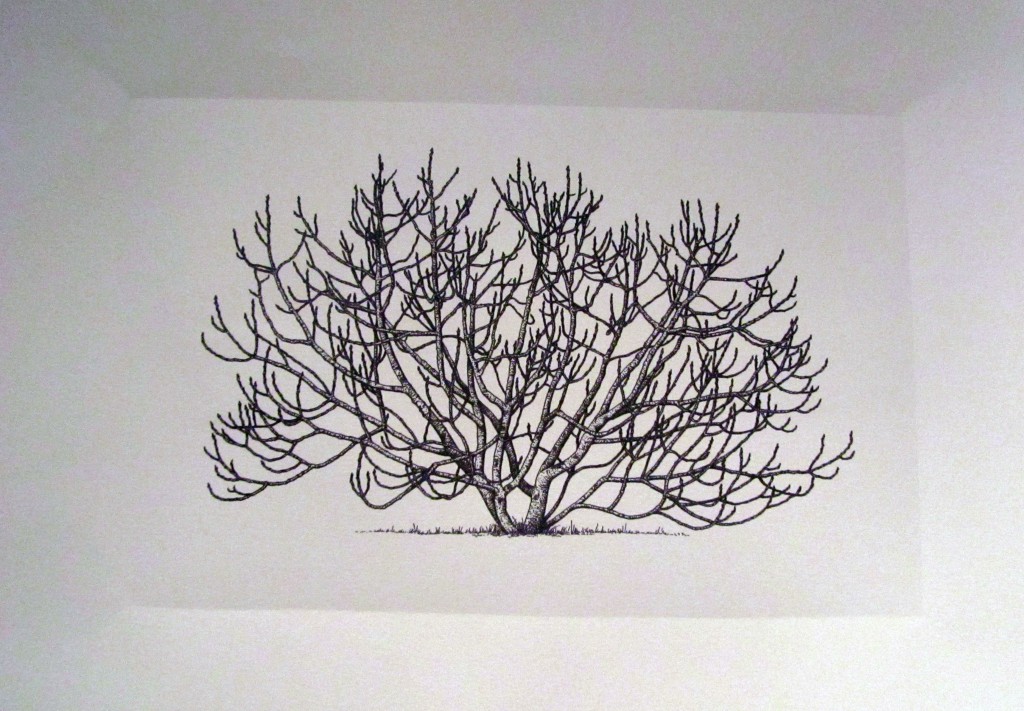
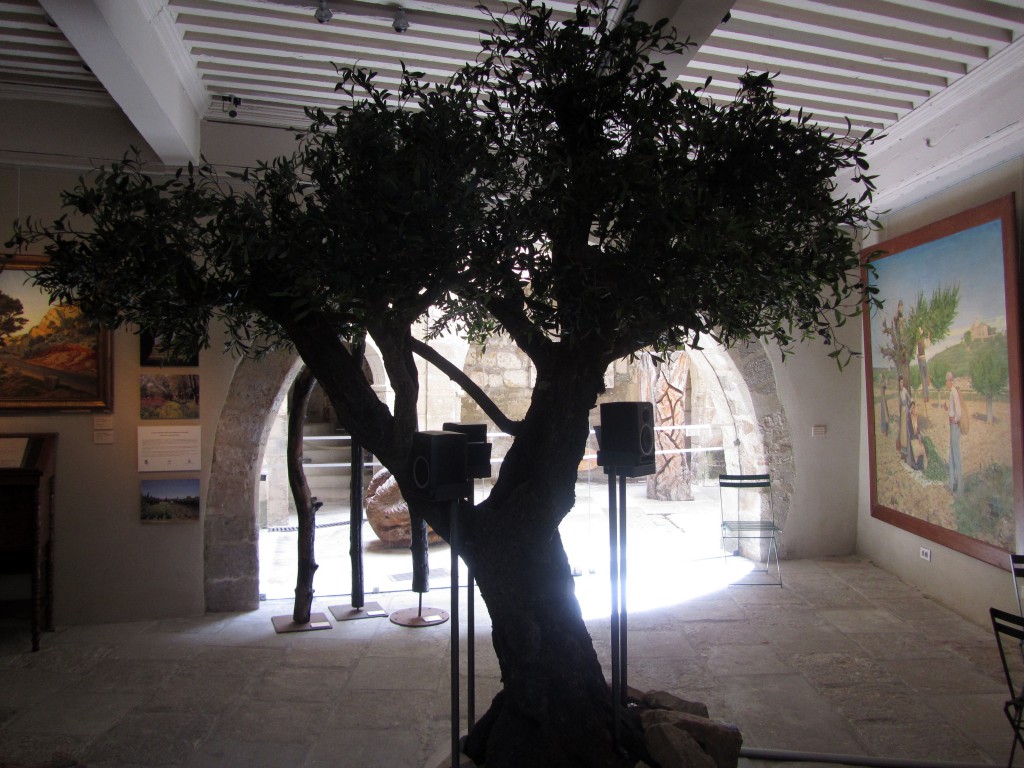
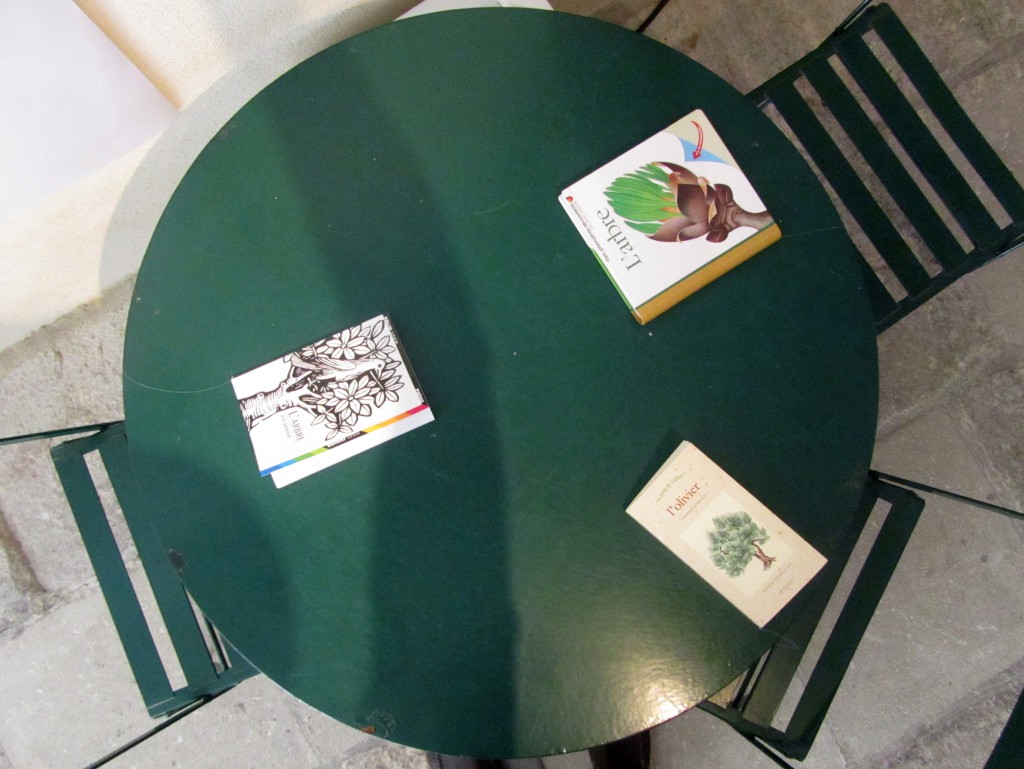
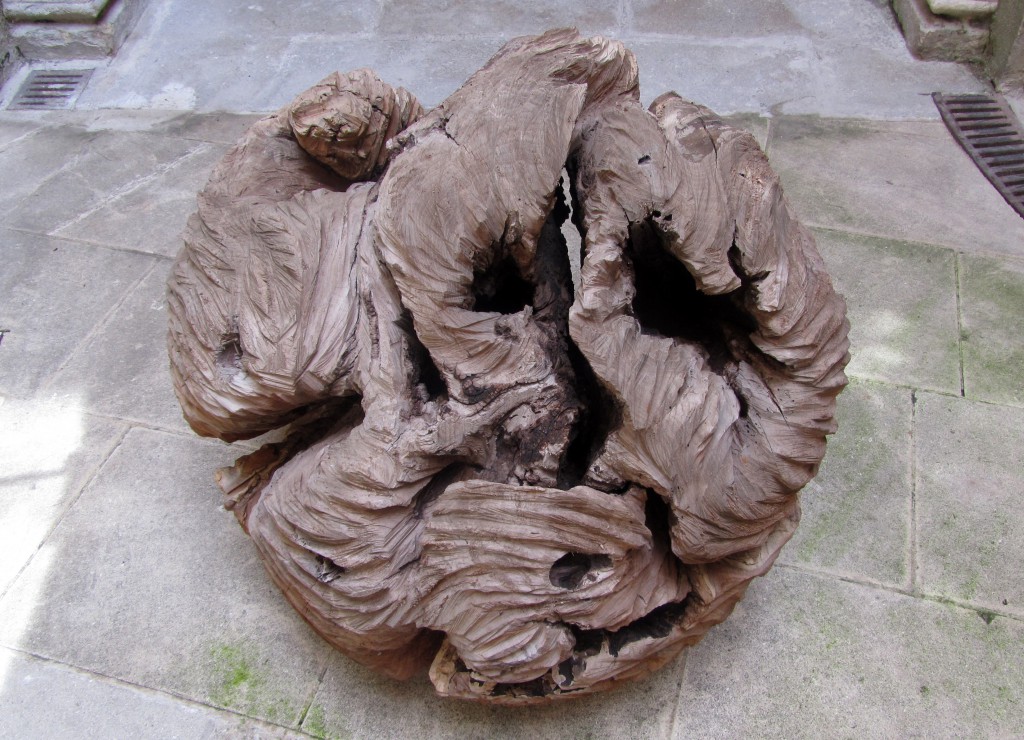
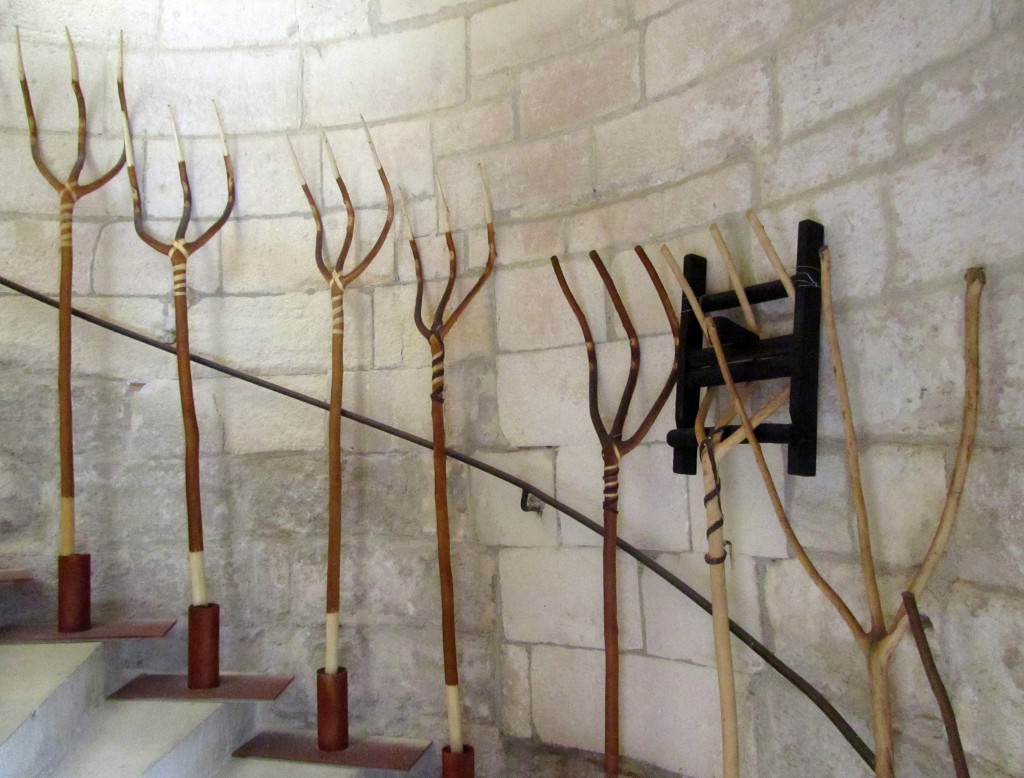
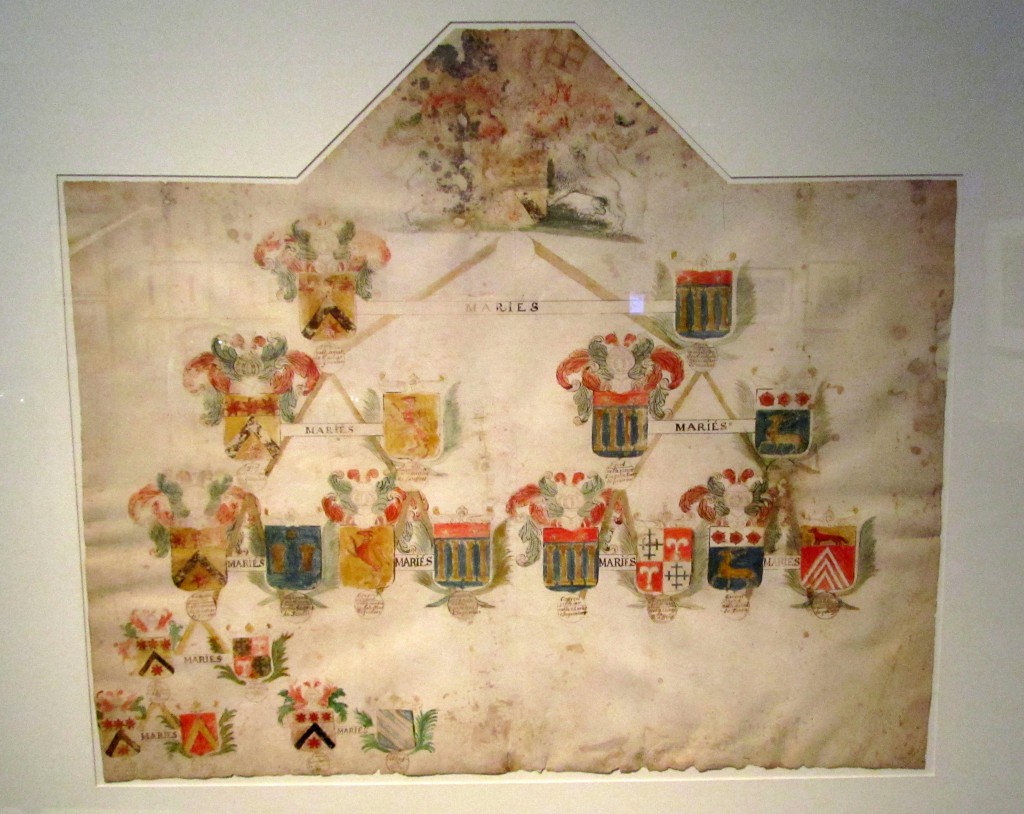


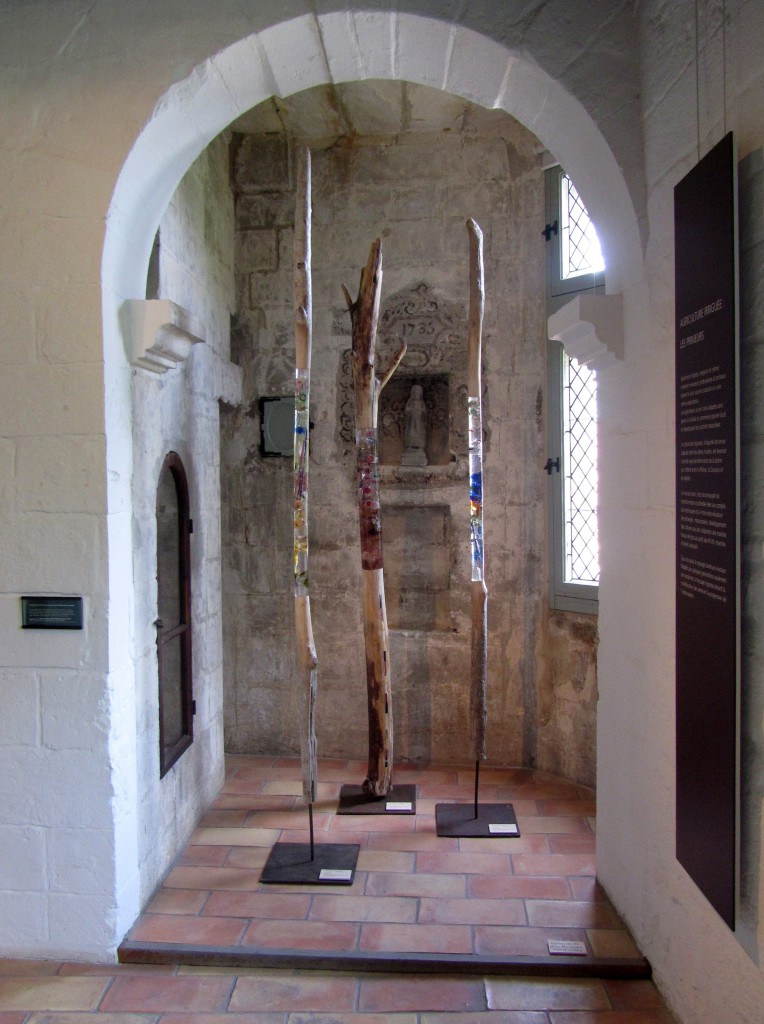
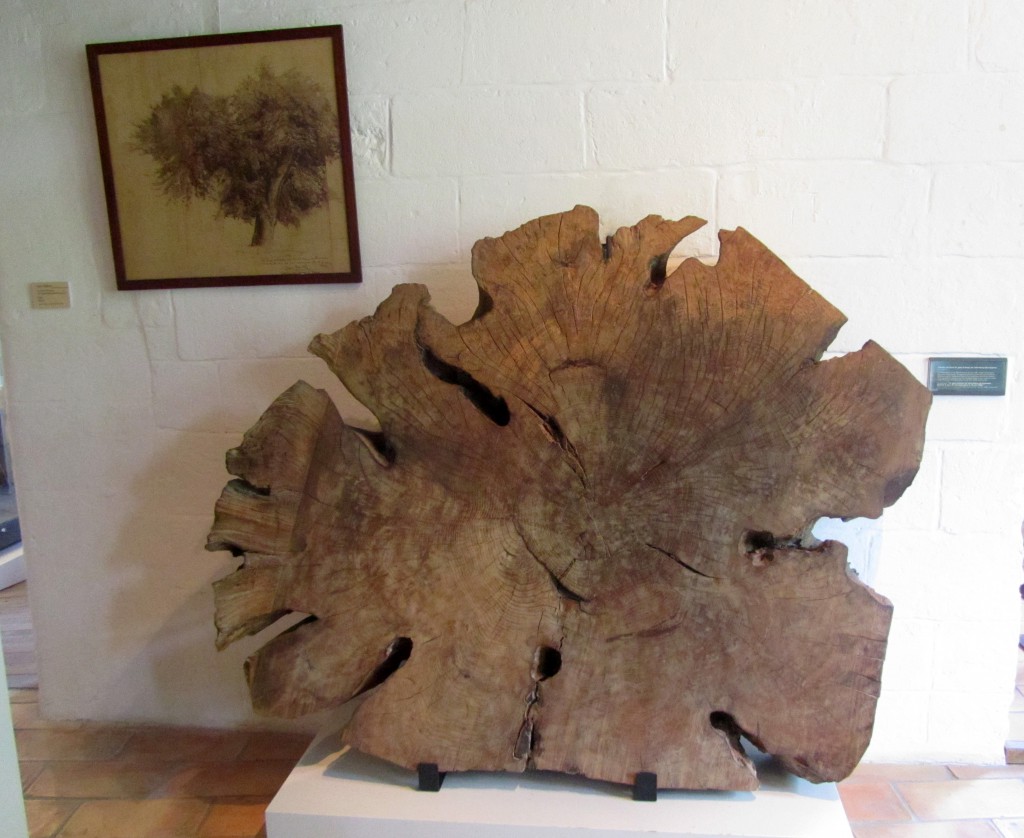
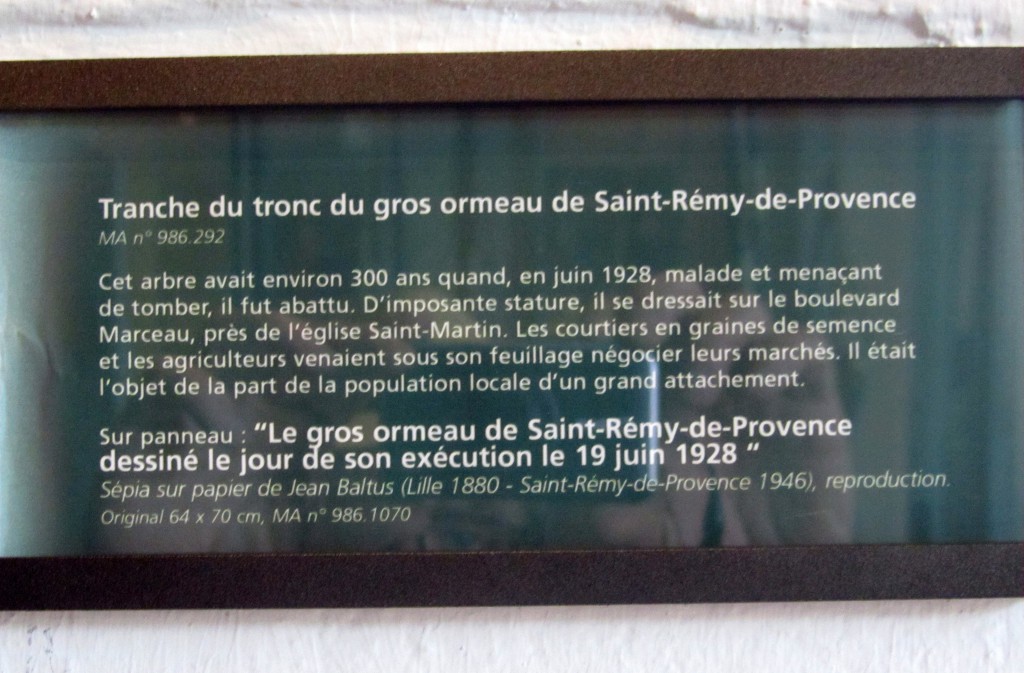

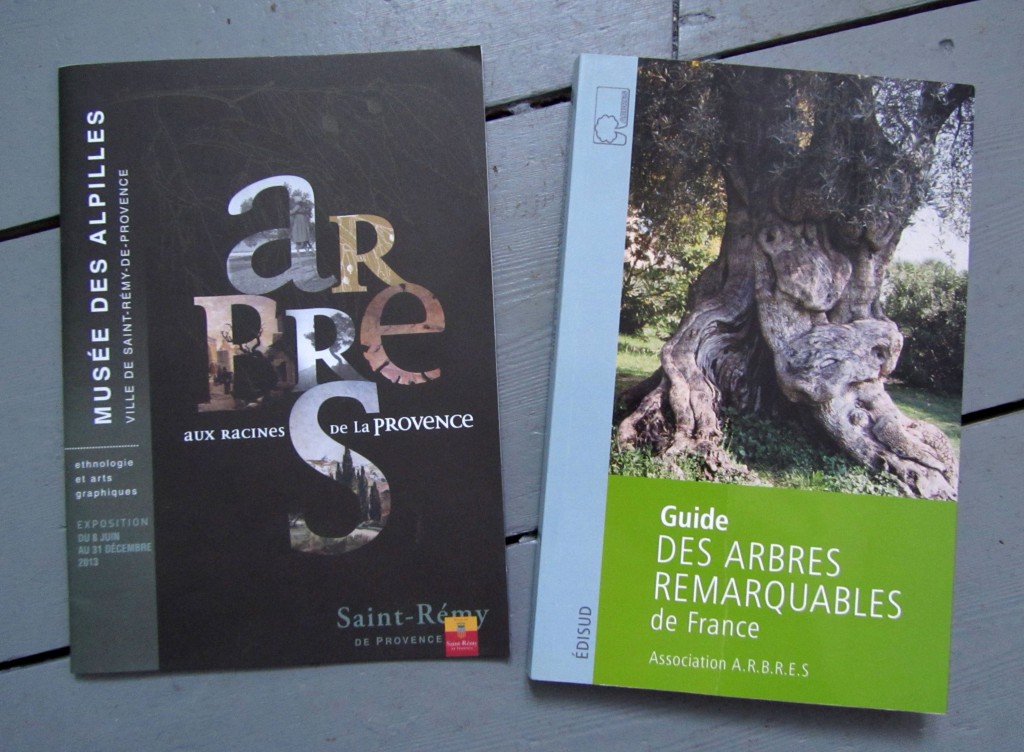
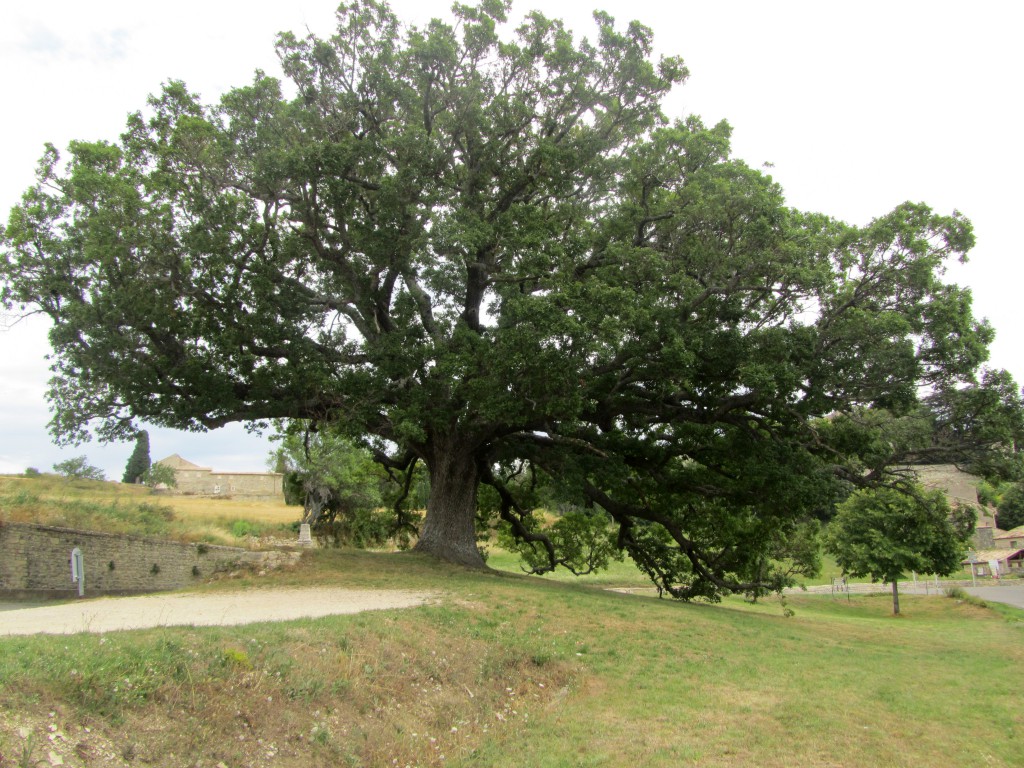
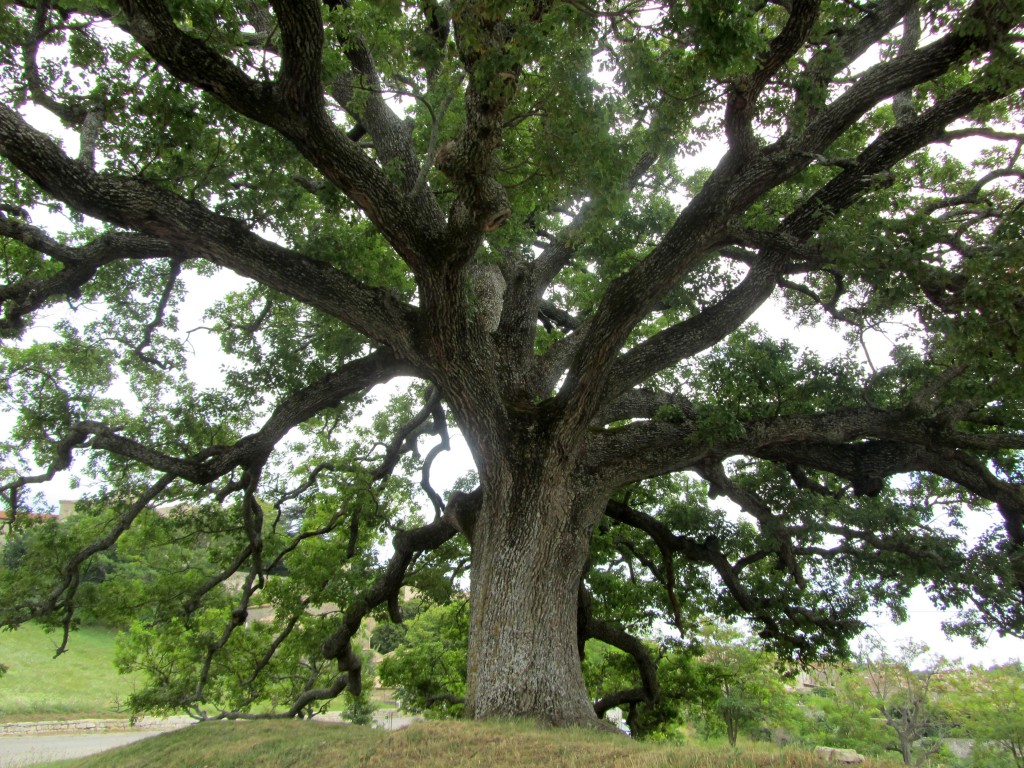
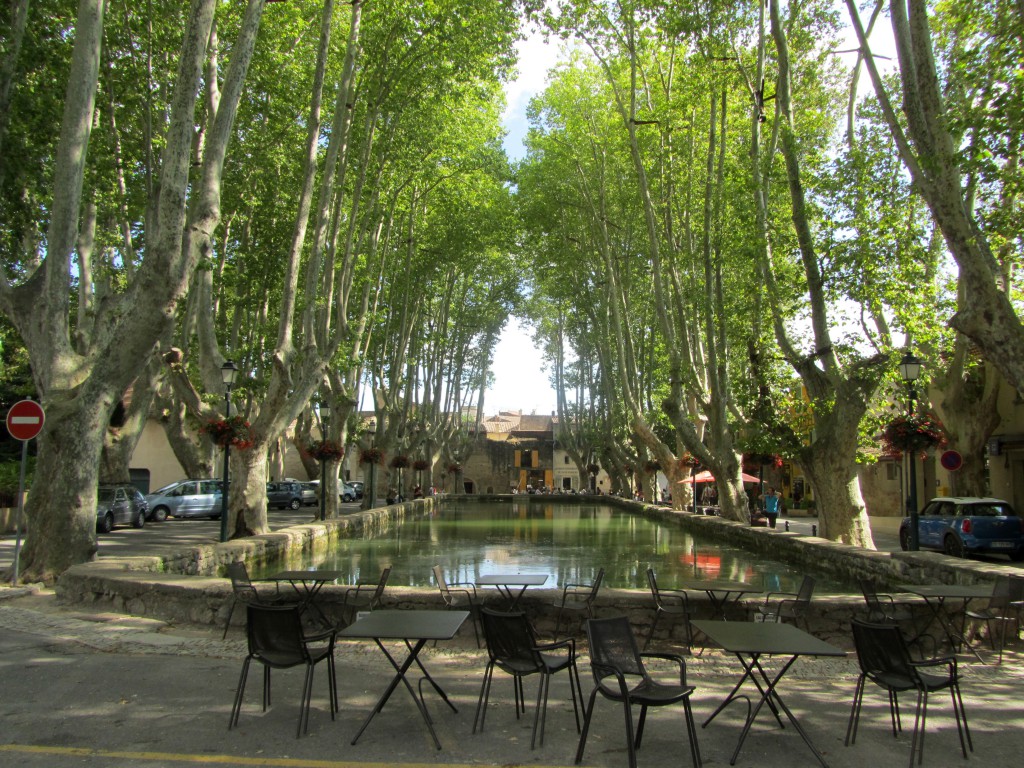
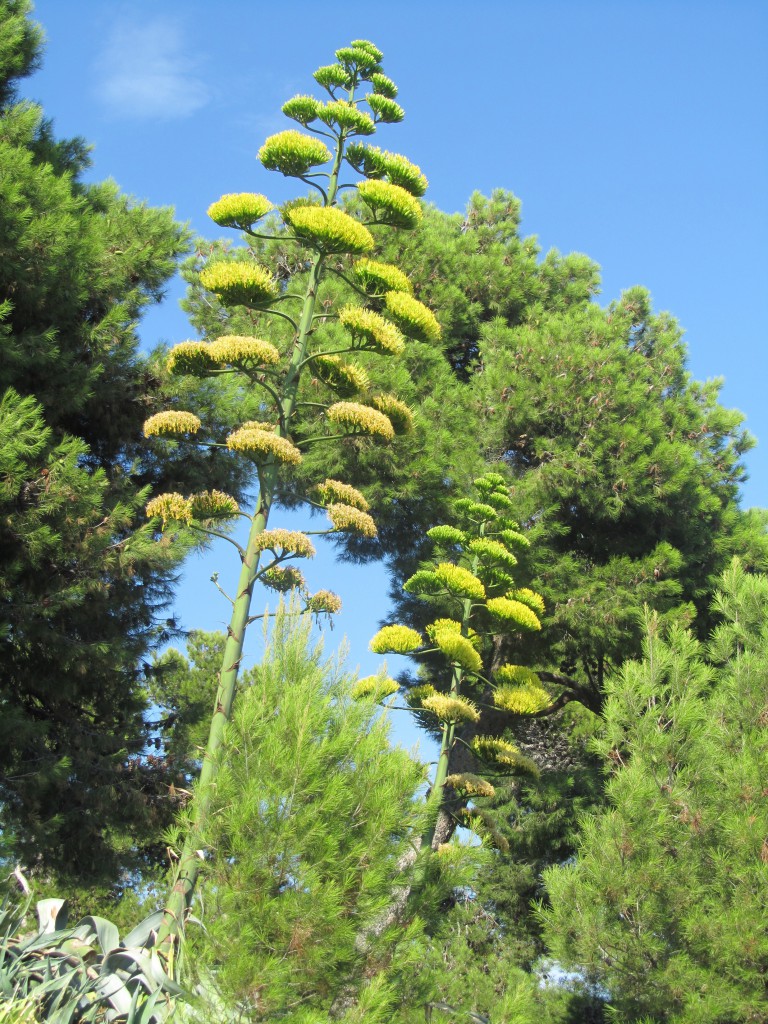
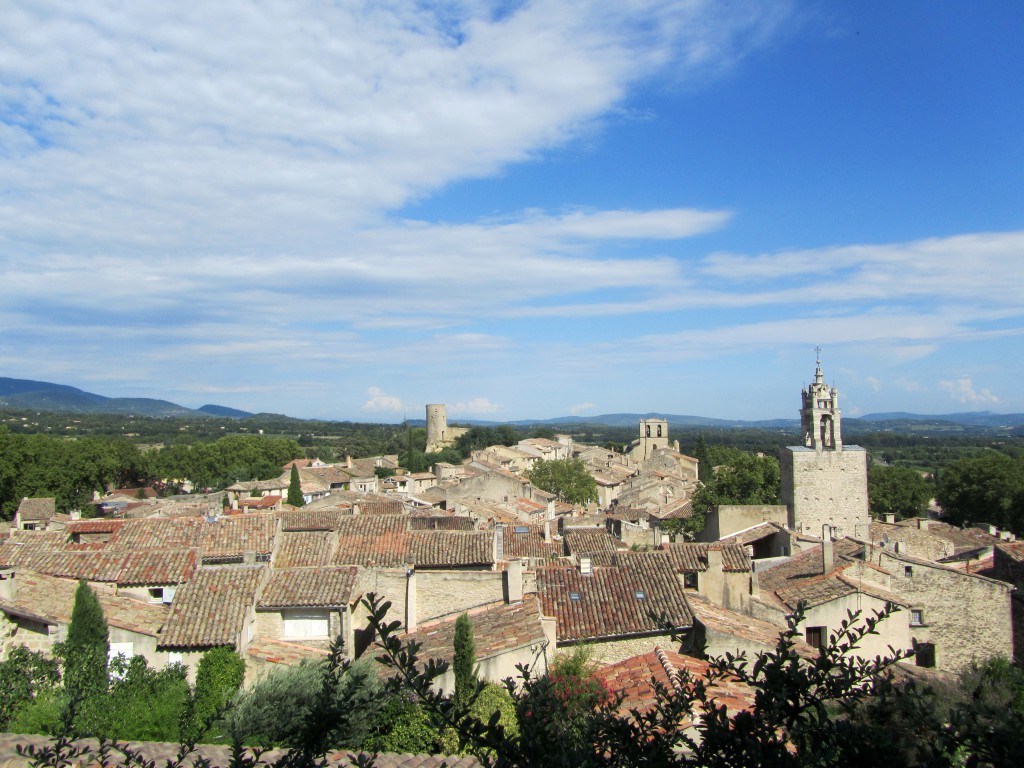
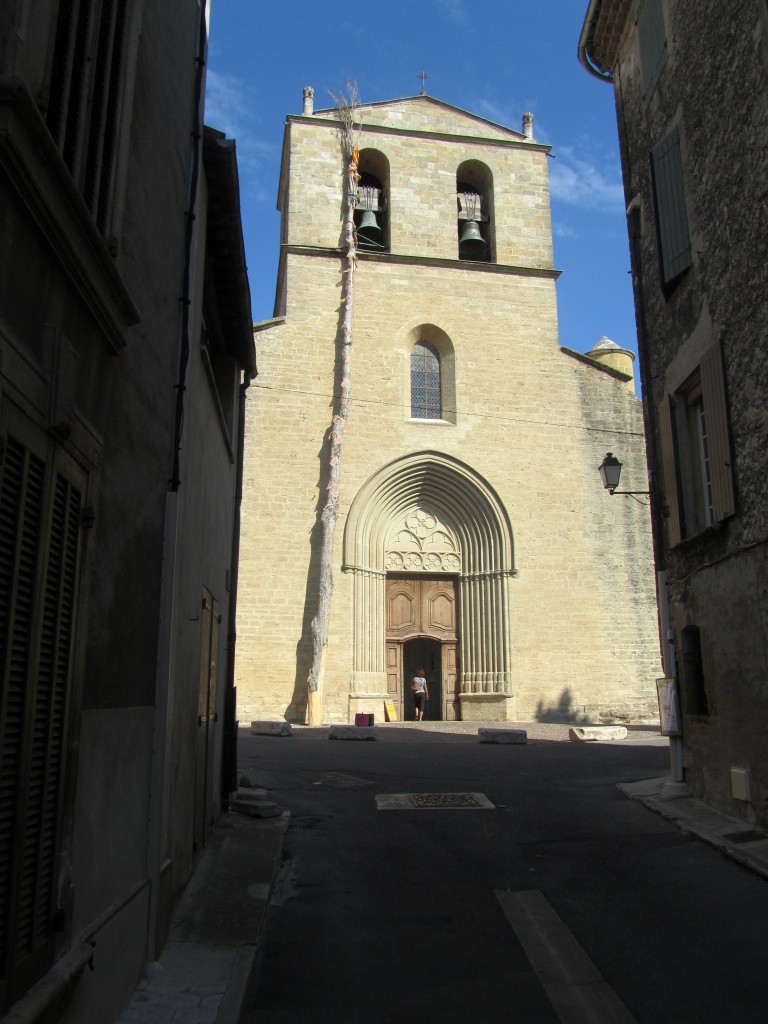
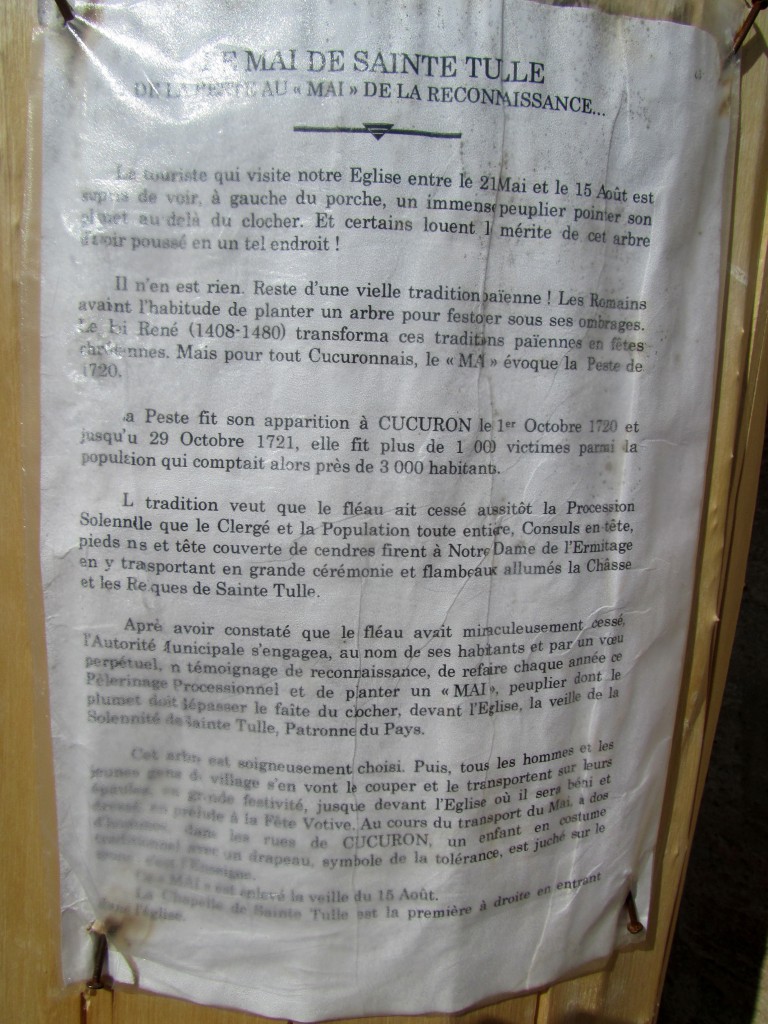

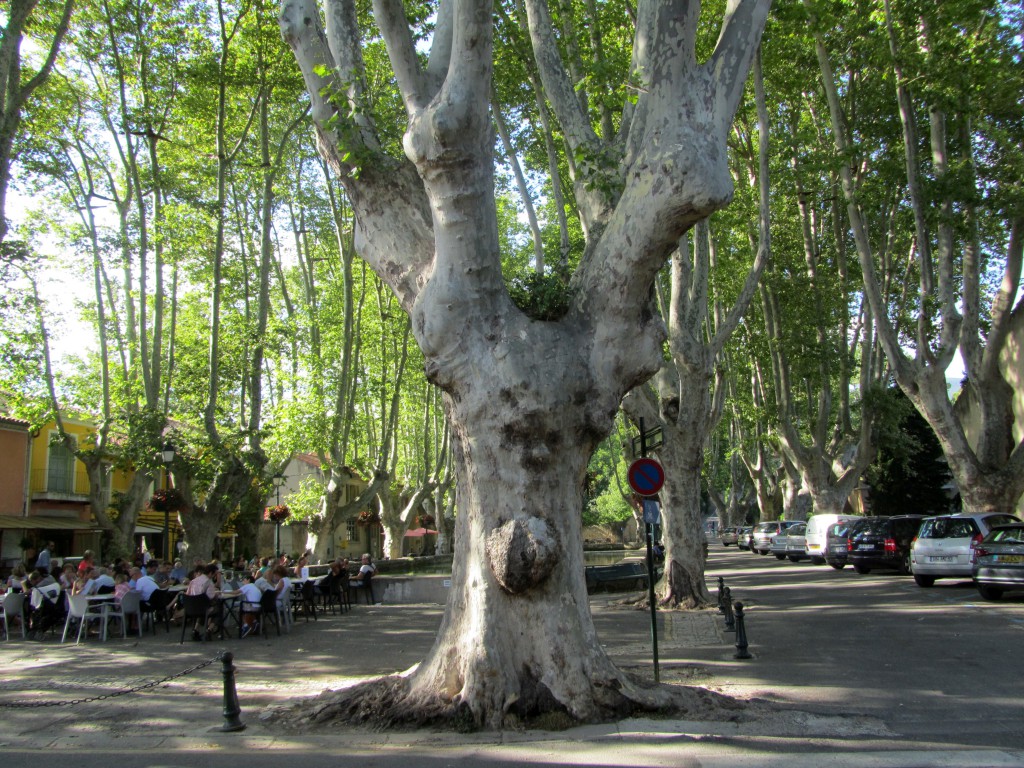


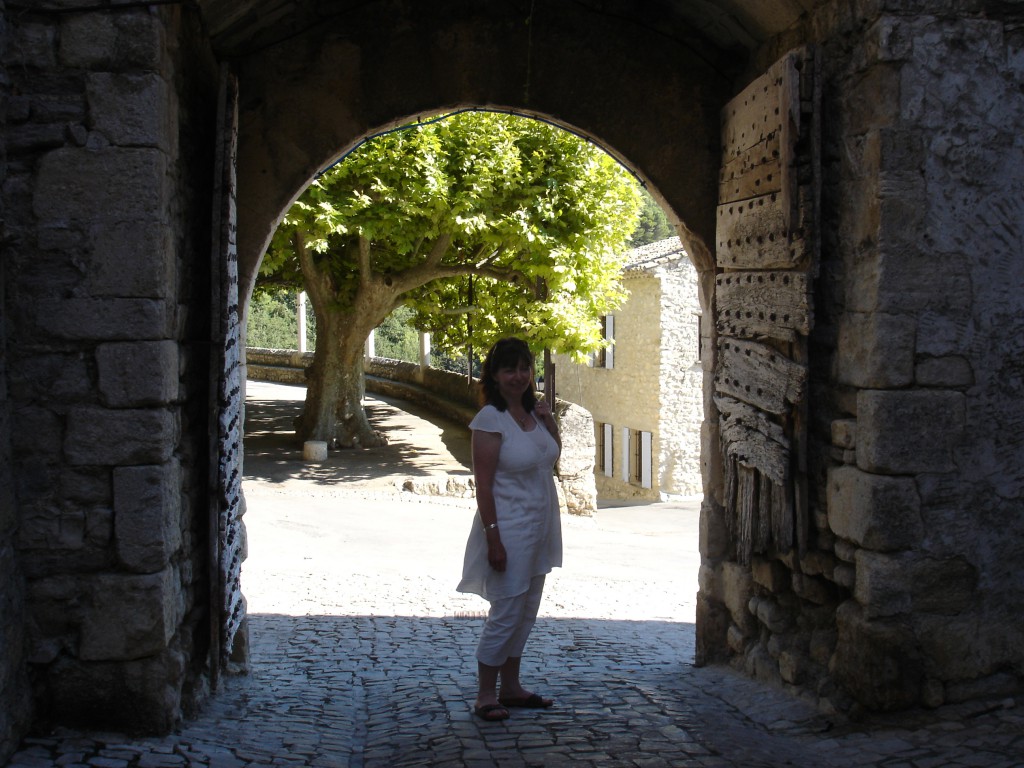

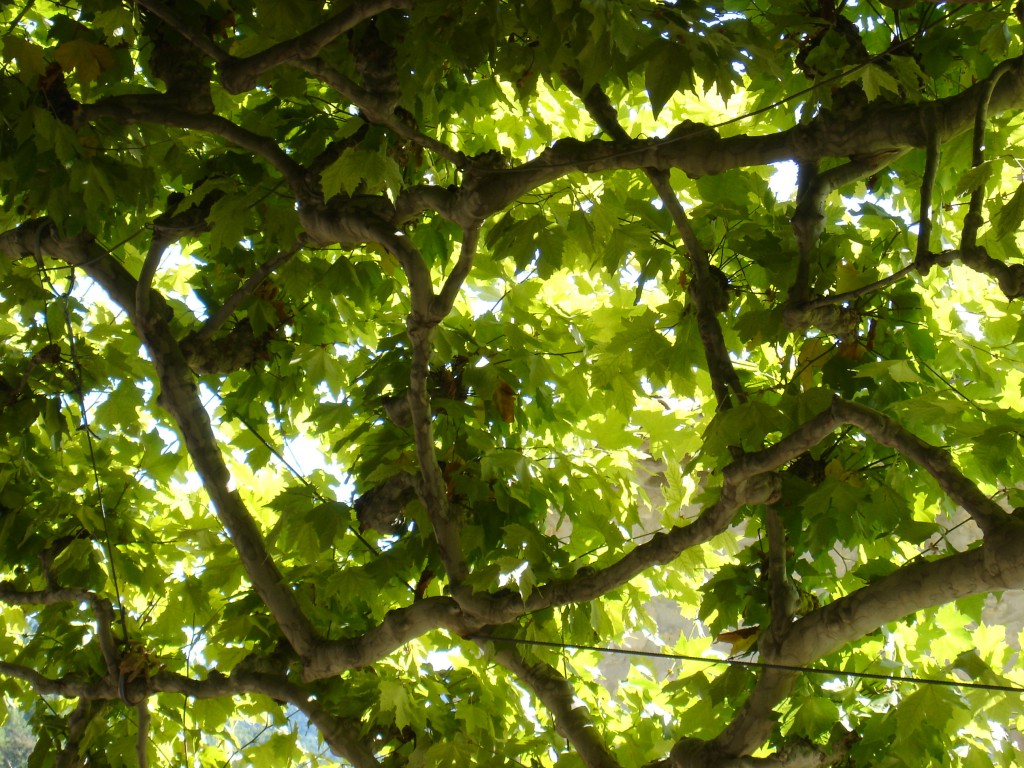
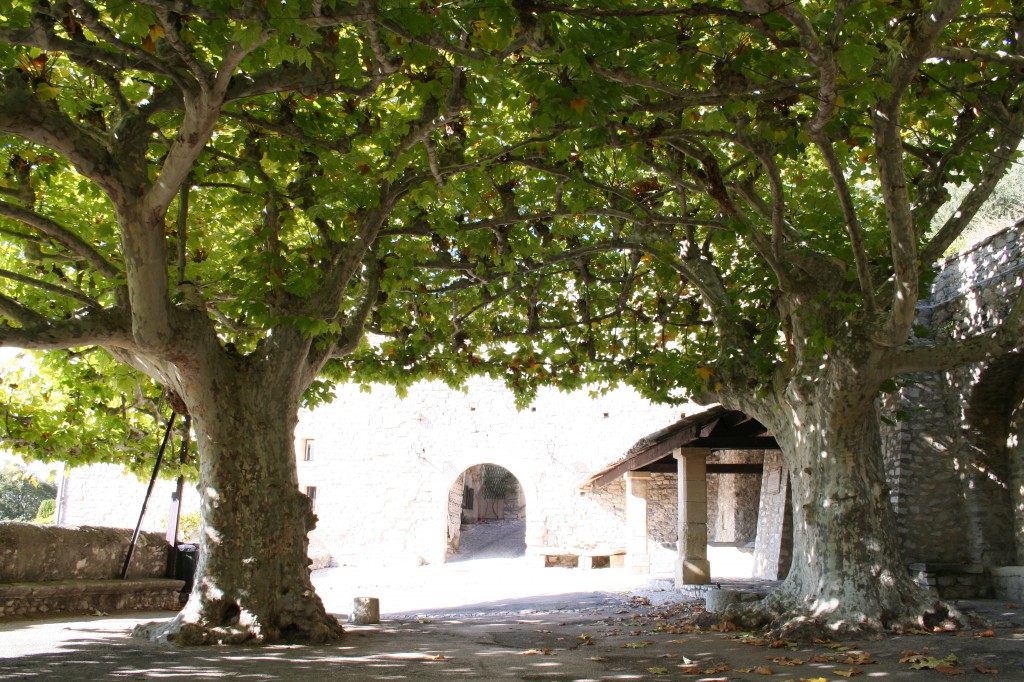


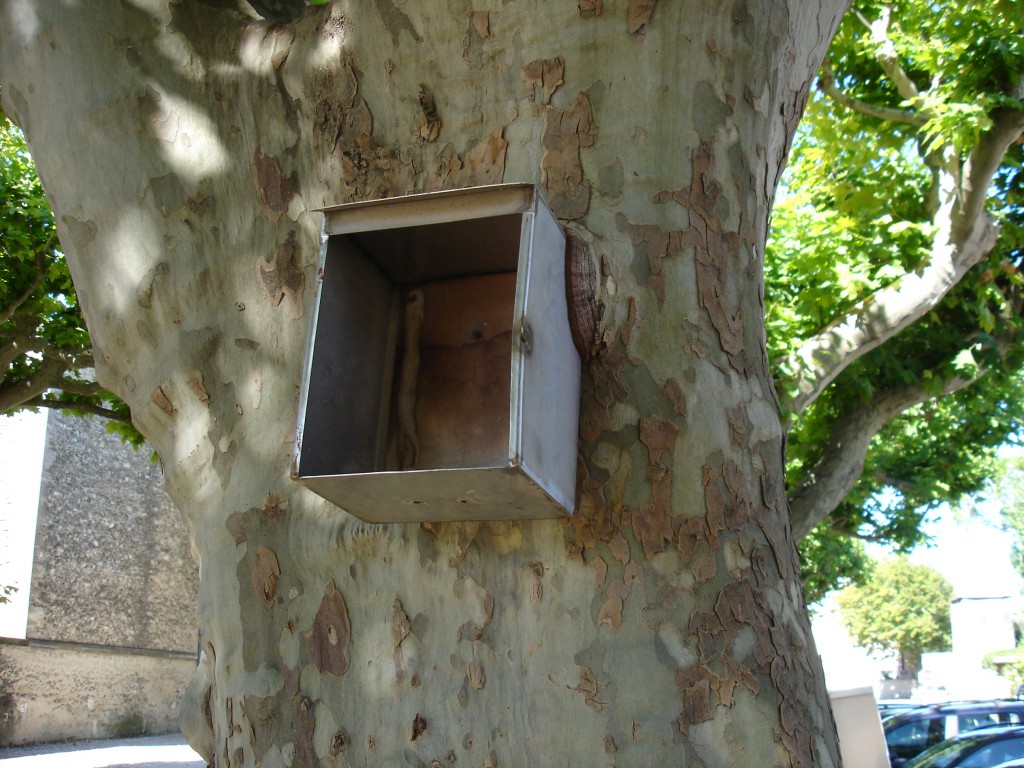

One thought on “Arbres”